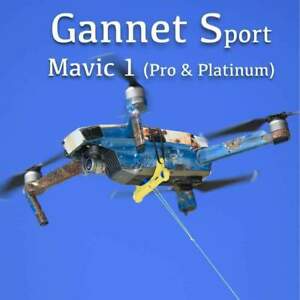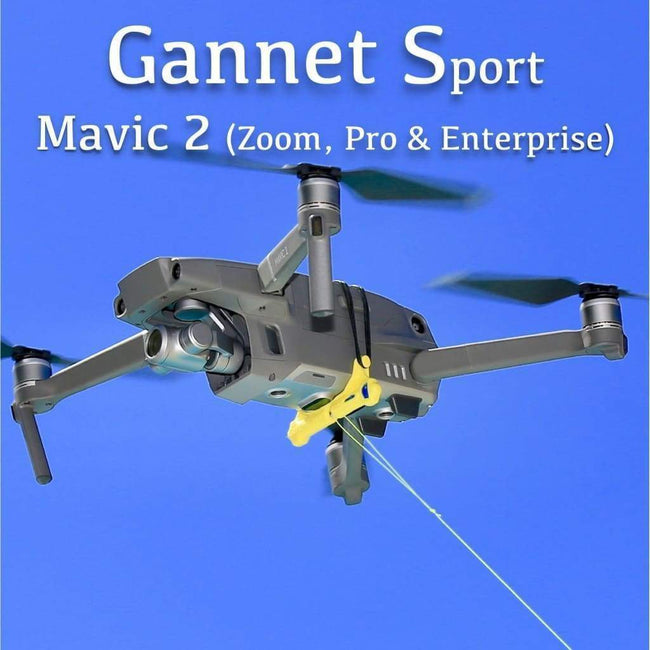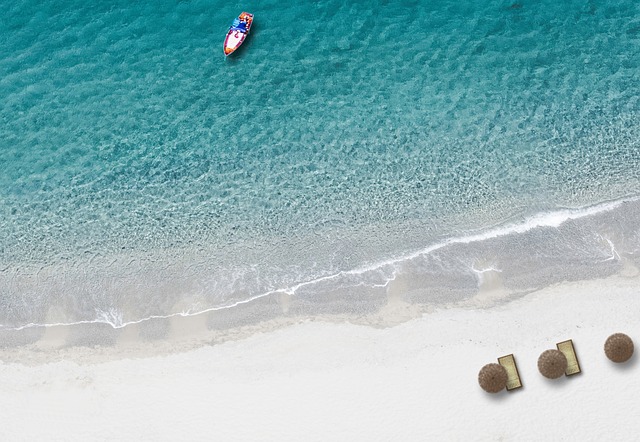
You should learn about regulations if you are considering using a drone to fish. There are instructional videos showing you how to fly your drone to catch fish. If you are concerned about drone ethics, please read our article. Here, we'll go over a few of the ethical concerns that surround the use of drones for fishing. Also, don't miss our drone fishing gear guide.
Regulations for drone fishing
A drone fishing video for tuna may make you wonder about the regulations. Although there are many reasons for following local laws, safety remains the primary concern. You need to follow the right laws in order to protect the lives of both you and the fish. This article will discuss the most important regulations, and help you to follow them. And don't forget to follow the rules of the International Game Fish Association.
Drones cannot be operated over public places, including sporting events or stadiums. They are not allowed to carry weapons or operate within half a mile from sporting events. Drone operators must also be able to view their aerial equipment at any time. Additionally, drones are not allowed to fly above people, stadiums, and critical infrastructure. If you have any questions about how a drone can be used to fish, please consult your local law enforcement agency.

While many states have adopted laws governing the use of drones, some states have yet to pass them. Illinois, for example, recently passed SB 2167. This bill prohibits drones from being used in state parks, without permission. It also outlines privacy rights and the rules that must be followed by commercial and recreational drone operators. Finally, it prohibits drones from interfering with hunters and other wildlife. These laws will be in effect for a few more years.
Drone fishing raises ethical concerns
Drone fishing is controversial and not without controversy. Companies sell underwater drones that can fish for fish. The video content of these drones often contains the actual fishing process, which is remarkably similar to casting a line to a fish. However, the process of getting a fish out from the water is quite different. If you are ethically concerned about this fishing method, you might consider looking elsewhere for entertainment.
Drones can be used to fish. But some people feel they are cheating the fishing community. While fishing has not changed much over millennia, using a drone to catch a fish may change that and diminish the thrill of the chase. Drones can also pose a threat to conservation. Before you buy a drone for fishing, here are some ethical considerations.

Drone fishing isn't the best option. Drone fishing may cause damage to the environment or overfish endangered species. Although some states allow recreational drone fishing, others do not. Drone fishing has its limitations. They must be very expensive. The drones you buy might not be as capable of controlling the range, GPS functionality, lifting power, or control range that you need. If the line gets tangled, drone fishing can result in fish being lost. Finally, there are issues with piloting.
FAQ
Can I fly my drone indoors
Yes, you can fly your drone indoors. You just have to ensure no obstacles or hazards inside your home. For example, you should avoid flying near windows, doors, heating vents, air conditioning units, electrical outlets, water pipes, and fireplaces.
Where can I buy a drone?
Many different drones are available online. Some people prefer to buy drones online via Amazon, eBay and Walmart. Others prefer to purchase drones directly through the manufacturers.
Is it illegal to fly a drone?
Yes, flying drones in certain countries is illegal, such as Australia and Canada, Germany, Japan. New Zealand. Singapore. South Korea. It is legal in some other countries, such as France and Italy, the Netherlands, Poland, Russia or Switzerland, Turkey, Ukraine, and Vietnam.
What is the law about drones flying on private property?
Recently, the FAA issued new rules regarding commercial drone flight. These rules only apply to UAVs less than 55 lbs and lower than 400 feet above the ground. Commercial operators need to register with the FAA in order to obtain a license. They must also obtain permission from local authorities if they plan to operate in restricted areas, such as airports.
Statistics
- Research and Markets predict a growth rate of 51.1% over the next five years. (thedroneu.com)
- According to industry research from ZipRecruiter , there are 10 cities where the typical salary for a Drone Pilot job is above the national average. (dronesgator.com)
- According to Indeed, a drone pilot gets paid $25.73 per hour on average in the US. (dronesgator.com)
External Links
How To
How to Fly Drones with Beginners
A drone can be used to fly remotely controlled aircraft for photography, surveillance, scientific research, hobby and commercial purposes. Drone technology has been around since World War II. DJI's Phantom quadcopters became commercially available in 2010. From beginner-friendly drones such as Parrot AR Drone 2.0 through professional-grade multirotor craft like DJI Mavic Pro, many types have been available.
There are many options for flying a drone.
-
Remote control: This uses a remote control device that attaches to your hand and allows you control the drone along its flight path. There are two main types for controllers: Joysticks or On/Off switches, which can be used to control the drone's flight path.
-
Manual Control – This method lets users remotely control the drone by using a smartphone app. Follow the instructions of the app to track the exact location you want the drone go.
-
Autonomous Flying - This allows the drone to take over all of the piloting duties. It is basically flying autonomously and without human intervention. The drone must be equipped with a camera and sensors that can capture images and data in order to fly autonomously.
-
Triggered Flight: This is similar in concept to manual control. The pilot manually creates a route and the drone then follows it until it reaches that endpoint. The drone automatically lands once the route has been completed and returns to the base.
-
Landing Gear - Some drones come equipped with landing gear that allows them to land safely if they lose power or run out of battery during flight.
-
Goggles: Some pilots use goggles in order to protect themselves against debris when operating.
-
Camera – Some drones have cameras, which allow you to take photos or videos from up high.
-
Obstacles. Some drones can have obstacle avoidance technology that stops them from hitting obstacles.
-
Speed – Some drones can reach speeds in excess of 40 mph.
-
Battery Life - Most drones can last between 20 minutes to 3 hours, depending on how much power you're using.
-
Range - Depending on the model, some drones can travel up to 30 miles away.
-
Power source - Not all drones can use an external power source. Others can run on internal batteries.
-
Weight - Some drones weigh less than 1 pound, whereas other models weigh up to 4 pounds.
-
Size - Drones range from small devices that fit in one's palm to large crafts that weigh more than 50 pounds.
-
Price - From high-end models that cost thousands of dollars to low-cost options that start at $100, all drones fall under a certain price category.